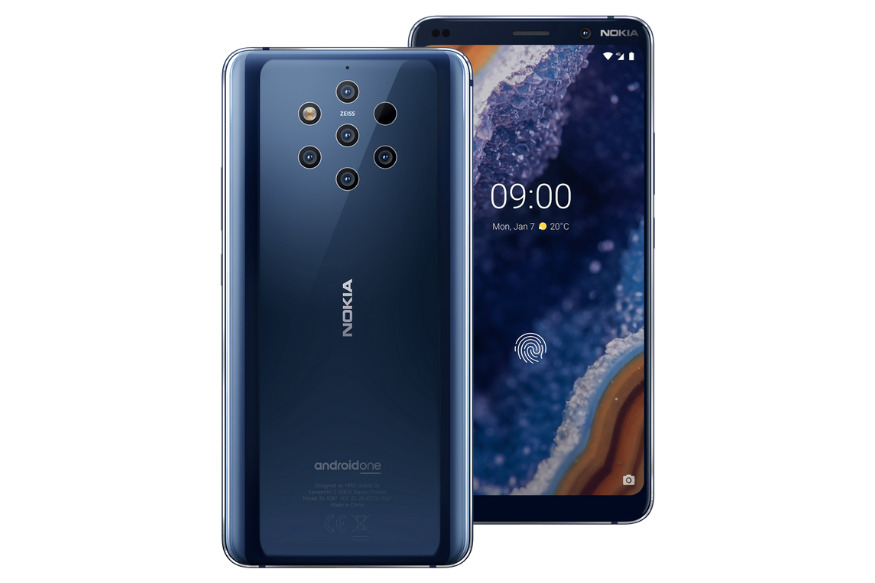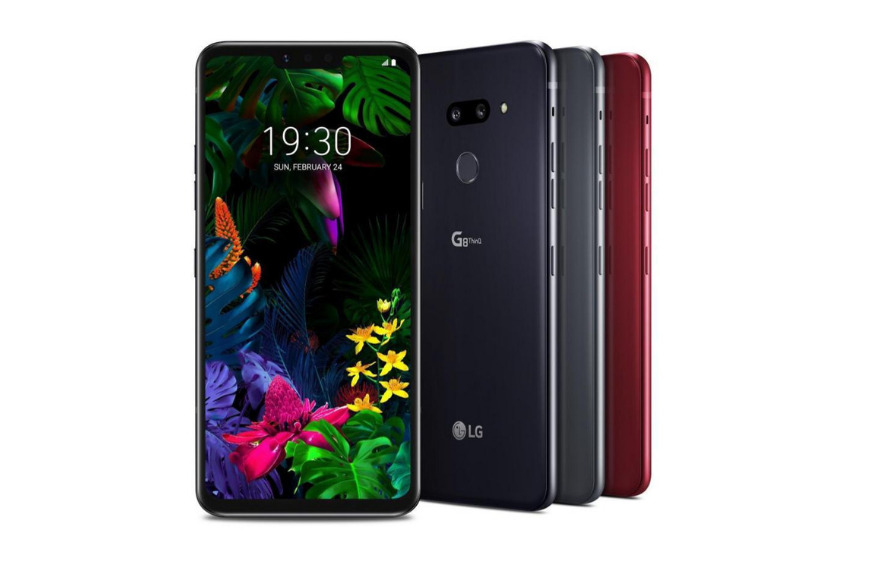
views
The annual Mobile World Congress (MWC) extravaganza flags off in Barcelona today, and will be the latest iteration of what is arguably the biggest smartphone focused conference globally. In the lead-up to the event, which starts today and runs through till Feb 28, companies such as HMD Global, Huawei, LG, Xiaomi and Microsoft have made announcements regarding their upcoming launches. Here are some of the most futuristic picks, as we head into Mobile World Congress 2019.
Huawei Joins The Foldable Phone Party
Chinese smartphone maker Huawei has made its intentions of challenging Samsung through the year 2019, very clear. Just days after the Korean smartphone maker unveiled the Galaxy Fold foldable smartphone, Huawei has taken the wraps off the Mate X. The Mate X has a 6.6-inch display when folded, and when you unfold this, it becomes a 8-inch OLED display real estate—in comparison, the Galaxy Fold’s display measures 4.6-inch and 7.3-inch. This is 5G enabled, a 4,500mAh battery and triple rear cameras. Speaking about the former, the Mate X runs the 7 nanometer Kirin 980 processor and the Balong5000 5G multi-mode modem. This is significantly more expensive than the Galaxy Fold too and is priced at $2,600 as compared with the Galaxy Fold’s comparatively lesser $1,980 price tag. This phone will not go on sale just yet, and Huawei says it’ll be available for sale sometime in the summer. Whether foldable phones really are any good, time only will be the sole judge.

Nokia’s 5 Camera PureView
The much-awaited Nokia 9 PureView has been confirmed. Even more so, HMD Global has confirmed that this has five cameras at the rear. The penta-camera setup had been intensely speculated over the past few months. The collaboration with German photography company Zeiss continues. There are three 12-megapixel monochrome cameras, two 12-megapixel RGB cameras, a time of flight sensor for depth mapping and a standard flash. Nokia is touting the Nokia 9 PureView’s HDR mode,and claims that the 12-megapixel photo which is essentially fused together with the data from the five cameras, can reproduce better dynamic range than most other HDR phones. This is powered by the Qualcomm Snapdragon 845 processor, with 6GB RAM, a 5.99-inch pOLED display and a 3,320mAh battery. Exact India pricing isn’t confirmed yet, but HMD Global says the Nokia 9 PureView “will retail for a global average retail price of $699.” This goes into a tough battle against the likes of the Samsung Galaxy S10 series, the Google Pixel 3 series and the Huawei Mate 20 Pro, all of which have very robust photography capabilities and optical hardware.

LG goes all out with the ThinQ
LG has been quite active, adding two more phones to its line-up of Android smartphones—in case you already didn’t know. The first is the G8 ThinQ, which follows up on the G7 which was announced at the same time last year. And it certainly is a unique proposition. For starters, LG believes that your face, eyes or your fingerprint to unlock your phone is just too mainstream. The G8 ThinQ brings to the table what it calls the Hand ID. Essentially, it sends a pulsing infrared signal when you palm touches the phone. This helps it to map your veins based on how the hemoglobin in your blood absorbs the infrared signal. This allows you to unlock the phone. LG believes it is hard to clone the vein mapping, purely from a security standpoint. Then there is the Air Motion feature, which allows you to control your phone with hand gestures. Only time will tell how well these features work, and we will reserve our judgment till we actually use these extensively. On the specs front, this has a 6.1-inch display and a Qualcomm Snapdragon 855 processor chugging away under the hood. There is no pricing or availability confirmation just yet.

















Comments
0 comment